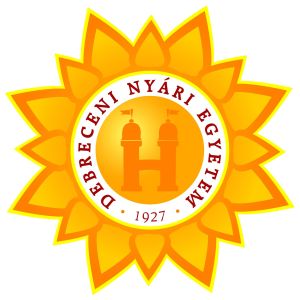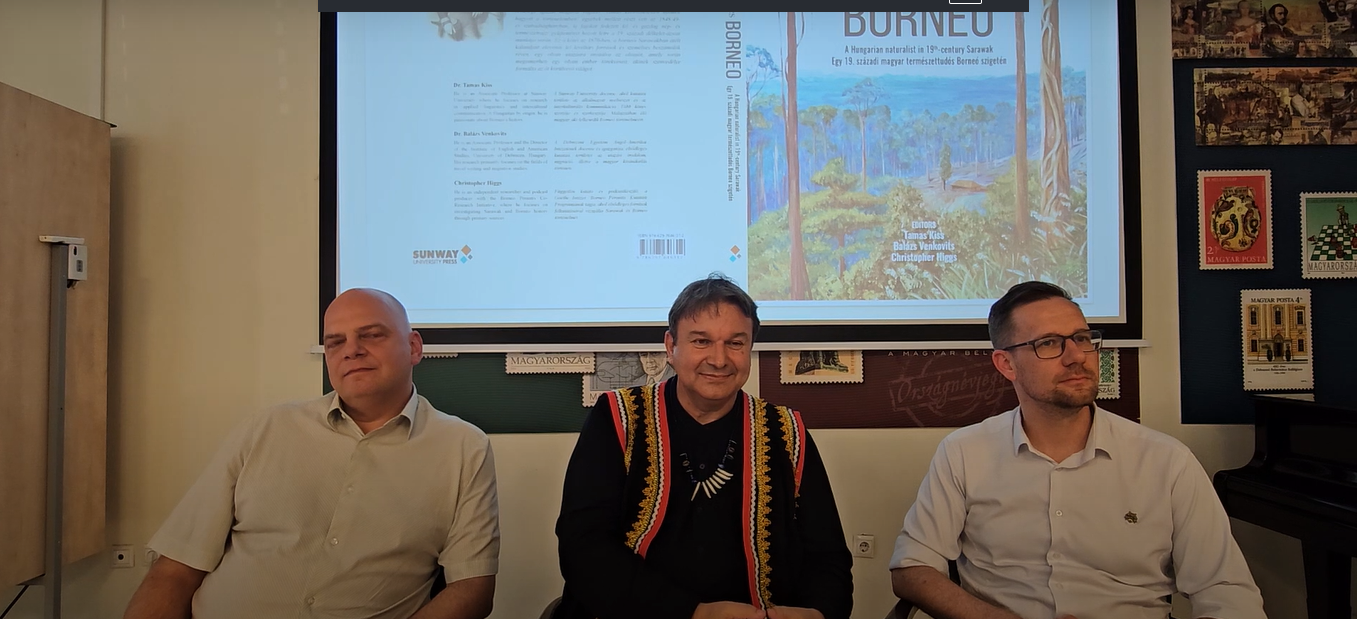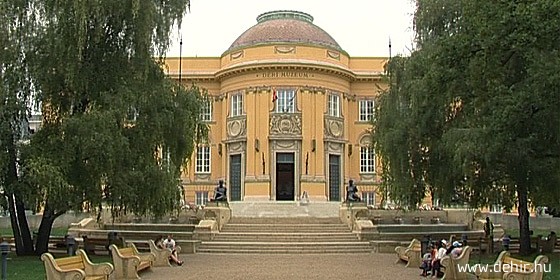Why are Hungarians so drawn to Xantus and Borneo ? At a recent lecture, the auditorium was filled to capacity — a clear sign that this distant Southeast Asian island still captures the imagination. The exoticism of the unknown East, combined with the compelling story of 19th-century Hungarian explorer and scientist Antal Szentó, creates a unique fascination. In this interview, one of the project’s leading scholars shares why this new English edition of Szentó’s Borneo travelogue resonates today — and what it tells us about nature, history, and cultural heritage.
Interviewer: The lecture hall was packed today. Why do you think Borneo and Sarawak are so fascinating for Hungarians?
Interviewee: I think the appeal is twofold. First, Borneo has long held a mysterious allure for Europeans. It’s the symbol of the unknown East — a place of adventure, dreams, and exploration. That image still captivates people today. And second, it’s about the legacy of Antal Szentó, the Hungarian naturalist whose life and work are featured in the book we presented. His story adds a personal, historical connection to this distant land.
Interviewer: What makes Antal Szentó so significant in Hungarian history?
Interviewee: He’s an extraordinary figure. Not only was he a prolific traveler and collector, but he also founded the Budapest Zoo and the ethnographic collection at the Hungarian National Museum. While his journeys in America and Mexico are better known, his explorations in Borneo remained relatively obscure — especially because they were never translated into English until now. This book is the first full annotated English edition of his Borneo writings, created by scholars from various disciplines. I believe this multidisciplinary approach is part of what draws attention.
Interviewer: The presentation also touched on environmental changes in Borneo. What are the biggest issues today?
Interviewee: There are real changes — declining river levels, rising temperatures — much of it due to deforestation. Palm oil plantations have done serious damage. But there are efforts in place now: the Malaysian government has introduced protections, and various organizations are working hard to preserve habitats, especially for orangutans. It’s not all lost. There’s still a lot of rainforest, and I believe we can preserve what remains if we act responsibly.
Interviewer: Is Borneo still a dangerous destination, like it might have been 150 years ago?
Interviewee (laughs): Honestly, the biggest danger today is gaining weight! Sarawak’s food is incredible — laksa is my favorite. In fact, Anthony Bourdain once called Sarawak laksa “the breakfast of the gods.” As for safety, Sarawak is actually safer than Peninsular Malaysia. It’s a diverse, multicultural region where over 70 languages are spoken, and people live peacefully side by side.
Interviewer: How does the book help readers understand Borneo’s past?
Interviewee: It’s like a time machine. Through Szentó’s eyes, you glimpse life as it was 150 years ago — the people, the environment, and their interactions. Take Lake John, for example: it once had a vibrant community with longhouses and active fishing. That world is largely gone now. People have migrated to cities, leaving traditional wooden longhouses empty. But through his writing, you can see what once was.
Interviewer: Beyond the food, why should someone visit Sarawak today?
Interviewee: Because of its natural beauty, welcoming people, and cultural richness. I live there — my wife is from Borneo — and I can tell you that each ethnic group contributes something unique. The traditions, festivals, languages — it’s a living mosaic. There’s truly no place like it.
Interviewer: This book was clearly a collaborative project. Who helped bring it to life?
Interviewee: Yes, many people deserve thanks. The University of Debrecen Press and its editors, the Museum of Photography and Museum of Ethnography in Budapest, the Hungarian Academy of Sciences, and the National Museum all contributed. The Hungarian Embassy and the Goethe-Institut in Kuala Lumpur even supported us financially. It was a true team effort — everywhere we turned, we found enthusiastic partners.
Interviewer: You mentioned a second volume. What’s coming next?
Interviewee: The next book will focus on another fascinating Hungarian: István Bíró. He lived in Sabah (North Borneo) for three years before dying under mysterious circumstances. He was deeply integrated into local life, spoke indigenous languages, and made significant ethnographic contributions. We hope to uncover what really happened to him. And yes — we’re already thinking about a third volume after that!
– N.Nagy Sándor –

















